When I first moved into my historic home, I was captivated by the unique character it possessed. It felt as if each room whispered stories of the past through its worn wood floors and rustic beams. I quickly discovered the term “Early American decorating” and realized how it resonated with the home’s charm. In this article, we’ll dive deep into Early American decorating, its historical significance, key elements, and how to incorporate this classic style into your own home.
What is Early American Decorating?
Early American decorating refers to a style that originated in the 17th and 18th centuries in colonial America. It embodies simplicity, functionality, and a deep connection to the natural materials of the time. As you explore this style, you will find that it reflects the lifestyle of early settlers who had to create functional yet aesthetically pleasing homes with limited resources.
The Historical Context of Early American Decorating
To understand Early American decorating, it’s essential to grasp the historical context. The style emerged during a time when European settlers began to colonize America, bringing with them their traditions, craftsmanship, and materials. This blending of Old World and New World aesthetics created a unique decorating style. Early American homes often featured:
- Handcrafted furniture pieces
- Natural materials like wood and stone
- Warm, muted color palettes
- Functional design elements
The Key Elements of Early American Decorating
Much like a well-penned story, every detail contributes to the overall narrative of Early American decorating. Here are the fundamental elements that define this timeless style.
1. Furniture
Incorporating Early American furniture is crucial. Most pieces are either handmade or reflect a high level of craftsmanship. Look for:
- Shaker-style furniture
- Windsor chairs
- Heavy wooden tables
- Trunks and chests for storage
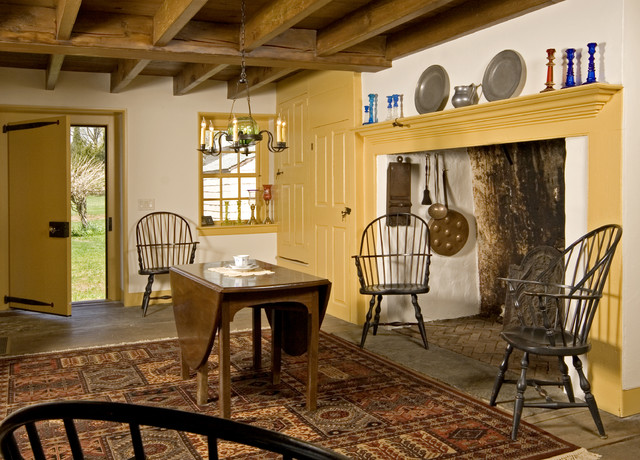
Comparison of Early American Furniture Styles
| Style | Characteristics | Recommended Pieces |
|---|---|---|
| Shaker | Simplicity, functionality, and craftsmanship | Chairs, tables, cabinets |
| Colonial | Heavy, dark wood with intricate carvings | Desks, beds, dining tables |
| Federal | Elegant, refined with ornate details | Sideboards, coffee tables |
2. Color Palette
The color palette in Early American decorating embraces earthy tones. Consider using:
- Muted reds and blues
- Natural shades of green
- Warm yellows and browns
- Neutrals like cream and beige
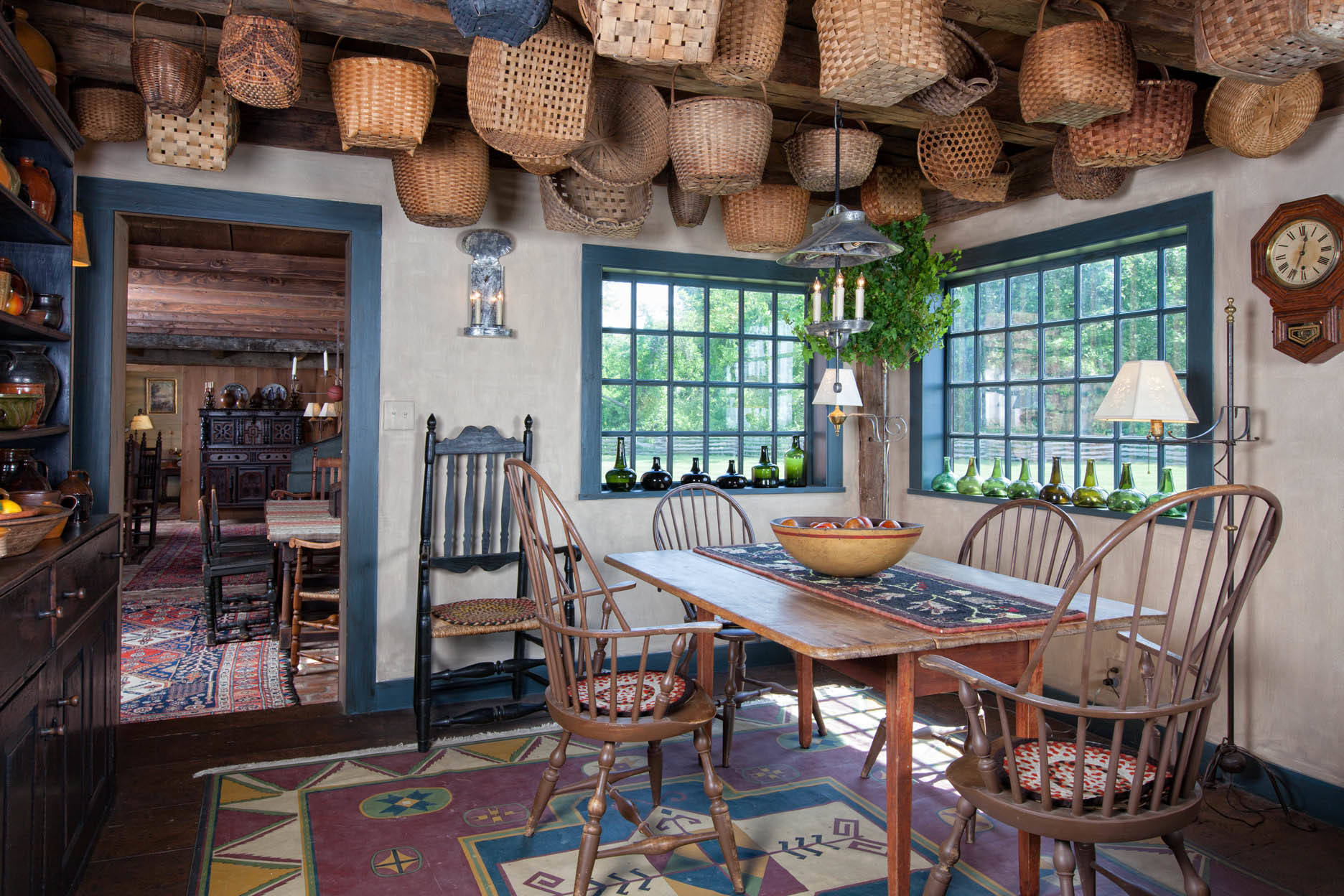
Pros and Cons of Using an Early American Color Palette
| Pros | Cons |
|---|---|
| Creates a warm, inviting atmosphere | May feel outdated if overdone |
| Compliments natural materials well | Limited bright color options |
3. Textiles
Textiles play a significant role in Early American decorating. They are often simple and practical. Key textiles include:
- Woven fabrics such as cotton and linen
- Wool for blankets and rugs
- Quilts with traditional patterns
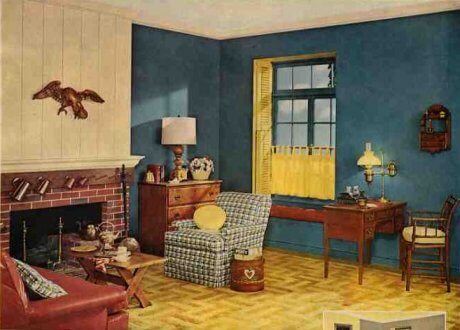
4. Accessories
Accessorizing is where you can add character to your home. Look for authentic or reproduction pieces like:
- Early American artwork
- Ceramics and pottery
- Iron or brass candle holders
- Antique clocks
Tips for Incorporating Early American Style into Your Home
Now that you understand the key elements of Early American decorating, let’s explore practical tips for integrating this style into your home.

1. Start with Structural Elements
Take a look around your home. Exposed beams, hardwood floors, and brick or stone walls provide a perfect backdrop for Early American décor. If you are designing from scratch, consider choosing materials that reflect the rustic charm of the era.
2. Invest in Quality Furniture
Choose quality over quantity. Investing in classic pieces that reflect Early American craftsmanship will not only enhance your décor but also last for generations. Look for thrift stores, flea markets, or even auctions for authentic finds.
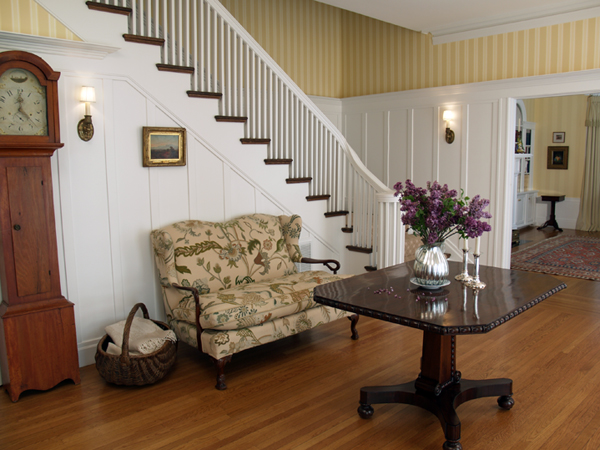
3. Layer Textiles
Layering textiles adds depth and warmth. Consider using woven rugs, quilts, and simple curtains to create a cozy atmosphere. Textiles can serve as ties that bring various elements of your décor together.
4. Use Natural Lighting
Maximize natural light in your home to enhance the warmth of the materials and colors you choose. Large, wooden, or colonial-style windows can create a connection with the outdoors, complementing the Early American style.
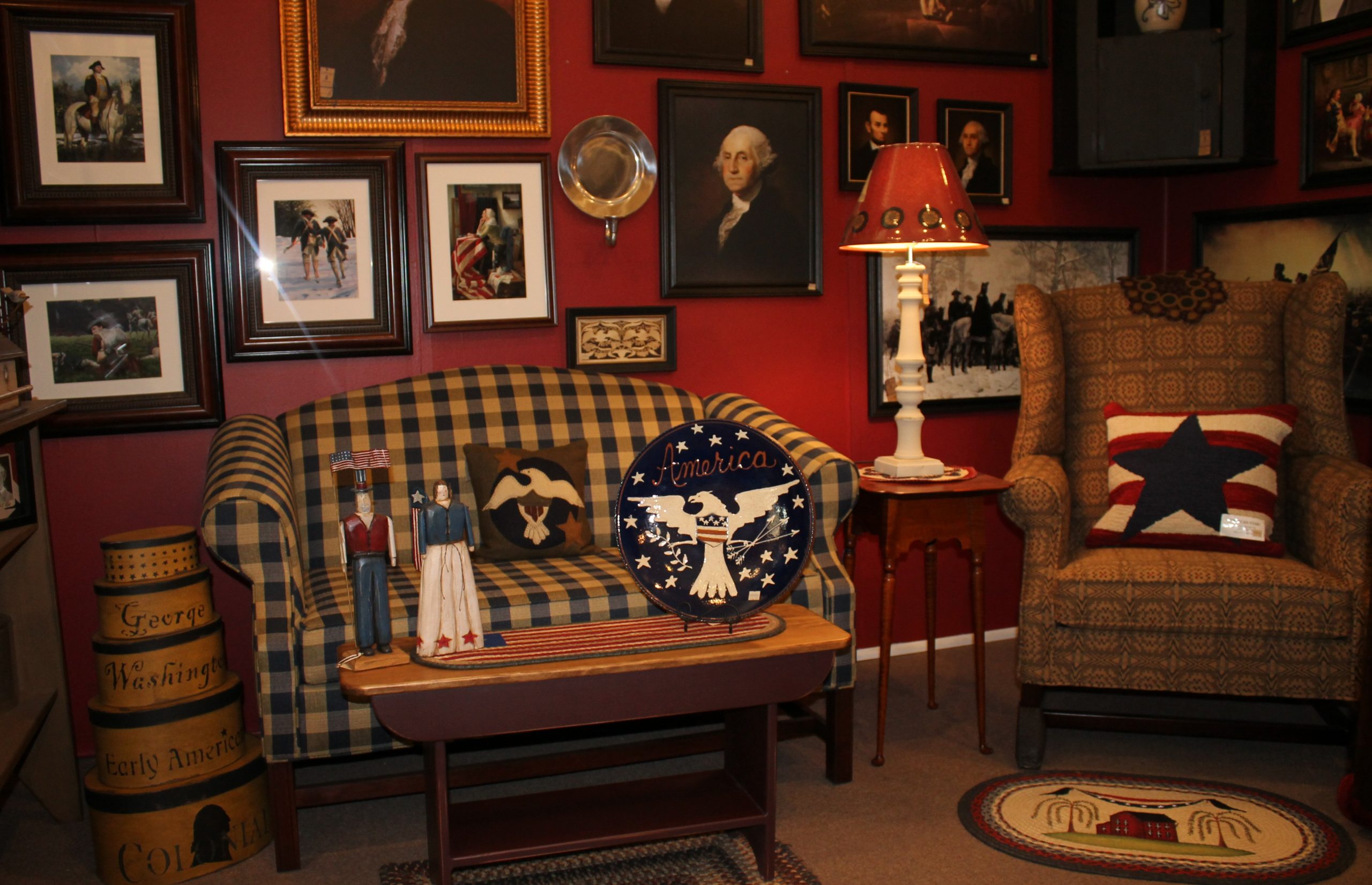
5. Keep it Simple
Remember that less is often more in Early American decorating. Avoid clutter and focus on functional pieces that tell a story. Each item should serve a purpose and contribute to the overall aesthetic.
Personal Experience: My Journey with Early American Decorating
When I decided to embrace Early American decorating, I stumbled upon a beautiful Windsor chair at a local antique store. It was worn but held a history that sparked my imagination. Since then, every piece I’ve added has a story. My home now feels like a cozy retreat brimming with character. I’ve learned to appreciate the beauty in imperfections, the history behind every scratch and dent, and how each item adds to the warmth of my space.
Frequently Asked Questions
What are the main characteristics of Early American decorating?
Early American decorating is characterized by simplicity, handcrafted furniture, earthy color palettes, and the use of natural materials. It emphasizes functionality while maintaining an inviting charm.
How can I make my home look more Early American?
Begin by adopting a rustic or colonial theme using wooden furniture, muted color schemes, and traditional textiles. Incorporate accessories that reflect the era, such as pottery, quilts, and antique lighting.
Is Early American style suitable for modern homes?
Absolutely! Early American style can add charm and warmth to modern homes, offering a break from the sleek, minimalist trends. Mixing old with new can create a unique and inviting atmosphere.
Are there any contemporary elements that complement Early American design?
Modern elements such as contemporary art, sleek lighting fixtures, or minimalist furniture can provide a striking contrast to the rich textures of Early American design, creating an interesting and balanced look.
Conclusion
Embracing Early American decorating is like inviting a piece of history into your home. It allows you to create a warm, inviting space that reflects your personality while honoring the craftsmanship and traditions of the past. Whether you’re restoring a historic home or simply looking to add character to a modern space, the timeless beauty of Early American style can create a haven that feels both inviting and rich with stories.